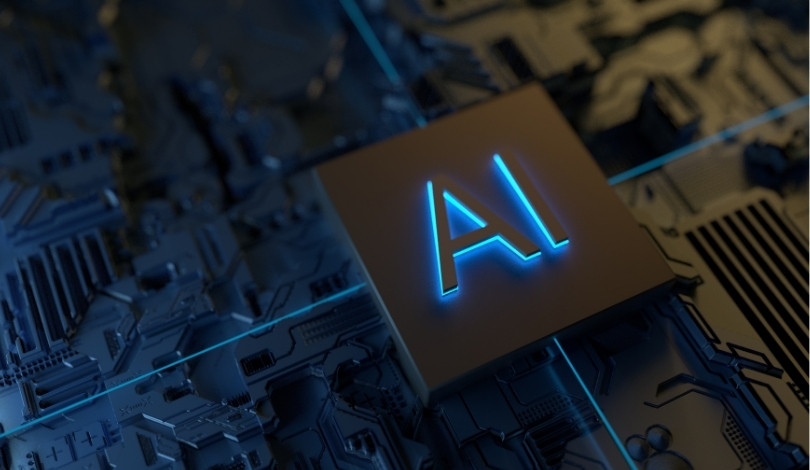Energy Robotics GmbH has secured $13.5 million in Series A funding to broaden its AI-driven inspection software for critical infrastructure worldwide. The company, which originated from the Technical University of Darmstadt, is leveraging this investment to strengthen the deployment of its hardware-agnostic platform across five continents. As various industries grapple with an aging workforce, the need for reliable and efficient inspection methods has grown, prompting operators to explore autonomous solutions. Recent years have seen heightened focus on safety, cost reduction, and digital modernization in sectors such as oil, gas, and utilities, intensifying demand for versatile robotic inspection systems. Stakeholders are increasingly interested in integrating real-time data with operational processes, reflecting an industry-wide shift towards data-centric efficiency.
What sets Energy Robotics’ inspection platform apart?
Energy Robotics provides a software solution compatible with multiple robot and drone brands, including Boston Dynamics, Mitsubishi Heavy Industries, and DJI. The system’s AI-based analytics process data from visual inspections, thermal scans, and leak detection, aiming to lower operational risks and improve data accuracy. Through the use of a large language model, operators can prompt fleet-wide inspections with simple instructions, while updated digital twins offer live overviews of facility states. Sensitive inspection data remains stored within client-controlled systems, prioritizing privacy and cybersecurity. With more than one million inspections completed, the platform supports clients like Shell, BP, BASF, and Merck in managing industrial assets effectively.
How are investors and clients responding to the technology?
The funding round was led by Blue Bear Capital and Climate Investment (CI), joined by several other investors. Their support is tied to expectations that autonomous inspections will enhance safety, cut emissions, and drive operational savings. The industrial sector’s adoption of such technology reflects the growing importance of resilience and sustainability.
“This funding round will help us scale autonomy to serve the world’s most critical infrastructure, giving energy, chemicals, utilities, and security operators greater resilience, safety, and efficiency,”
stated Marc Dassler, co-founder and CEO of Energy Robotics. According to Cindi Bough, managing director at CI, the autonomy provided by Energy Robotics assists in early gas leak detection, aligning with climate goals.
What future directions does Energy Robotics envision?
The company plans to use newly acquired capital to enhance AI and LLM integration, streamline global deployments, and grow its workforce in multiple roles.
“We are mostly focused on the go-to-market execution of our solution, as well as scaling our global infrastructure. In addition, the money raised will be used to deepen the existing integration of AI and LLMs into our platform to enhance the ability manage vast global fleets of robots and drones in critical infrastructure,”
Dassler explained. The firm sees rising demand in the oil and gas sector, particularly in regions with labor shortages or harsh environments, such as the US, EU, and Middle East. With their platform, clients can initiate inspections faster, and even non-specialists are able to manage robot fleets effectively.
A look at information from earlier reports shows a steady evolution in robotic inspection, with priority placed on hardware reliability and manual operations. Previous attention was largely on device durability and individual workflows, but there was less focus on platform interoperability and seamless data integration. Recent developments reveal a move towards combining AI, digital twins, and mission control technologies into unified systems that operate across mixed robot and drone fleets. This progression is visible in Energy Robotics’ approach of integrating multimodal analytics and natural language controls, a step that goes beyond older single-manufacturer and hardware-specific solutions.
Integration of AI-powered digital platforms into industrial robotics is designed to address challenges of aging infrastructure and changing labor dynamics. For industry operators, adopting these systems may result in more frequent, consistent, and safer inspections. Keeping data within client-managed IT preserves security, which is essential in critical sectors. The ability to gather, analyze, and act on inspection data in nearly real-time has potential to support maintenance planning and operational continuity. Companies considering this technology should assess compatibility with their existing assets, cybersecurity needs, and how advanced analytics can be incorporated into digital workflows.










